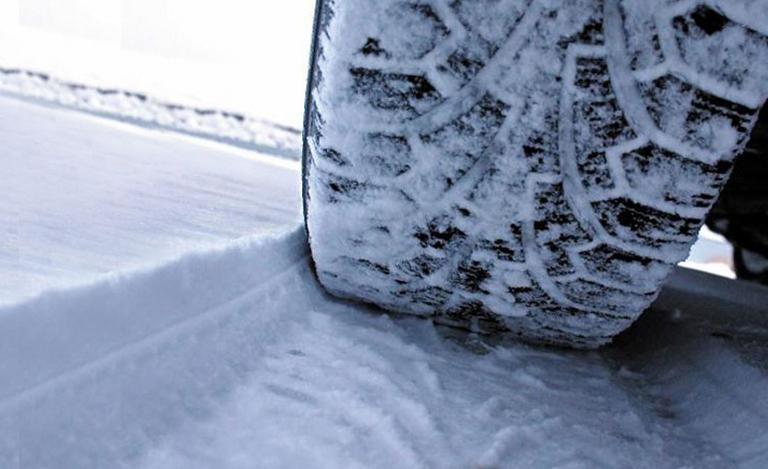Driving on Ice Safely

How to drive on ice safely
As the winter months close in and the temperatures drop, driving will become more hazardous due to ice, snow and unpredictable conditions. So, Halfords has some handy advice on how to control your car when driving on ice and snow.
Driving on ice can soon become dancing on ice, so to stop you from doing your best Torvill and Dean impressions, the key is to remain cool, calm and collected. Keep your manoeuvres gentle, smooth and never try to rush (even if you are running late).
Read on for more tips on how to handle your car in slippery conditions.
How to drive in ice and snow
Before you set off
Life can get pretty busy and when you need to be somewhere fast it's easy to jump in the car and get going without thinking about what's ahead. You can find yourself in some quite scary and dangerous situations quite quickly. To avoid this and make your journey as smooth as possible, here are ways that you can be prepared for whatever winter is going to throw at you.
Check the weather forecast
Always check the weather forecast and if conditions are bad, don't travel unless it's absolutely necessary. Your safety is more important.
Allow extra time
Allow plenty of time for your journey and stick to major roads, which are more likely to have been gritted.
Visibility
Clear all windows completely using de-icer and an ice scraper before driving. Don't pull out on to the road until you can see fully out of the front and back windscreen and turn your car de-mister on to maintain your visibility.
Carry a breakdown kit
Take with you a blanket, torch, fully charged mobile phone, snow shovel, some food in case you get stuck or break down. Check out our advice on what you should include in your winter driving kit here.
Tip - Buying a set of snow chains or snow socks will give you extra grip when driving on ice or snow.
Driving on Ice and Snow
Once you're on the road it can require an adjustment to how you'd normally drive so that you can handle the road better. You'll have less grip than you're used to as well as lots of uneven surfaces to negotiate.
The first thing is to take it slow. Stopping distances can be ten times longer when driving on ice, so keep a large amount of space between you and the car in front. The more anticipation you can give yourself the better. After all, you have no idea how the car in front of you is going to react to what's ahead of them.
To increase smoothness and less risk of losing grip, pull away in second gear, gently easing your foot off the clutch. Once moving, try to maintain a constant speed using as high a gear as possible. This will help give you more grip when driving on ice. Use the clutch if you feel like you might be about to stall.
Take bends very carefully, using the gears to slow down before reaching the curve. Slow, smooth and steady is the name of the game in icy conditions.
Avoid making any sudden movements as this may cause you to lose control of your vehicle. If you skid, do your best to steer out of it rather than slamming your foot on the brakes. If you're going at a gentle speed you'll have more time to have the right reaction.
If you're needing to get up a hill wait until the road is clear of other cars before attempting to climb them. Use a low gear when driving up a hill and try to avoid stopping until you've reached the top. It will be harder to pull away without skidding if you stop. Automatic cars sometimes have a function that allows you to pull away in second gear to allow you more control. If you're going down hill, same applies. Low gear and avoid braking.
Driving in extreme conditions
How do I know if there's black ice?
If the road looks a bit wet, there's been no rain and the outside temperature is still low, then it's possible that there's black ice on that stretch of road. Black ice is likely to be in shaded areas where it's not had the chance to melt. And, as it is transparent it can be hard to see. You might not realise it's there until you're on it. If that happens, don't worry, you can handle it! Keep going in the direction you were driving, maintain your speed and use your gears to keep control rather than using the brakes.
What do I do if it starts to hail?
Hail can be seriously dangerous to drive in, let alone the battering that your car might take. If it doesn't look like it's stopping any time soon, pull over to a safe spot, sheltered if possible. Stay inside until it stops. You could get a nasty shock if you step outside. Hail hurts! Hopefully you'll be able to avoid any glass breakages but if you do get any chips we've got some good repair kits. Pop in-store and our technicians can advise you.
Get geared up for Driving on Ice with Halfords
Be prepared for the winter as Halfords also sell a wide range of accessories such as Snow Shovels, De-icer, Antifreeze, Jump Leads and much more.
